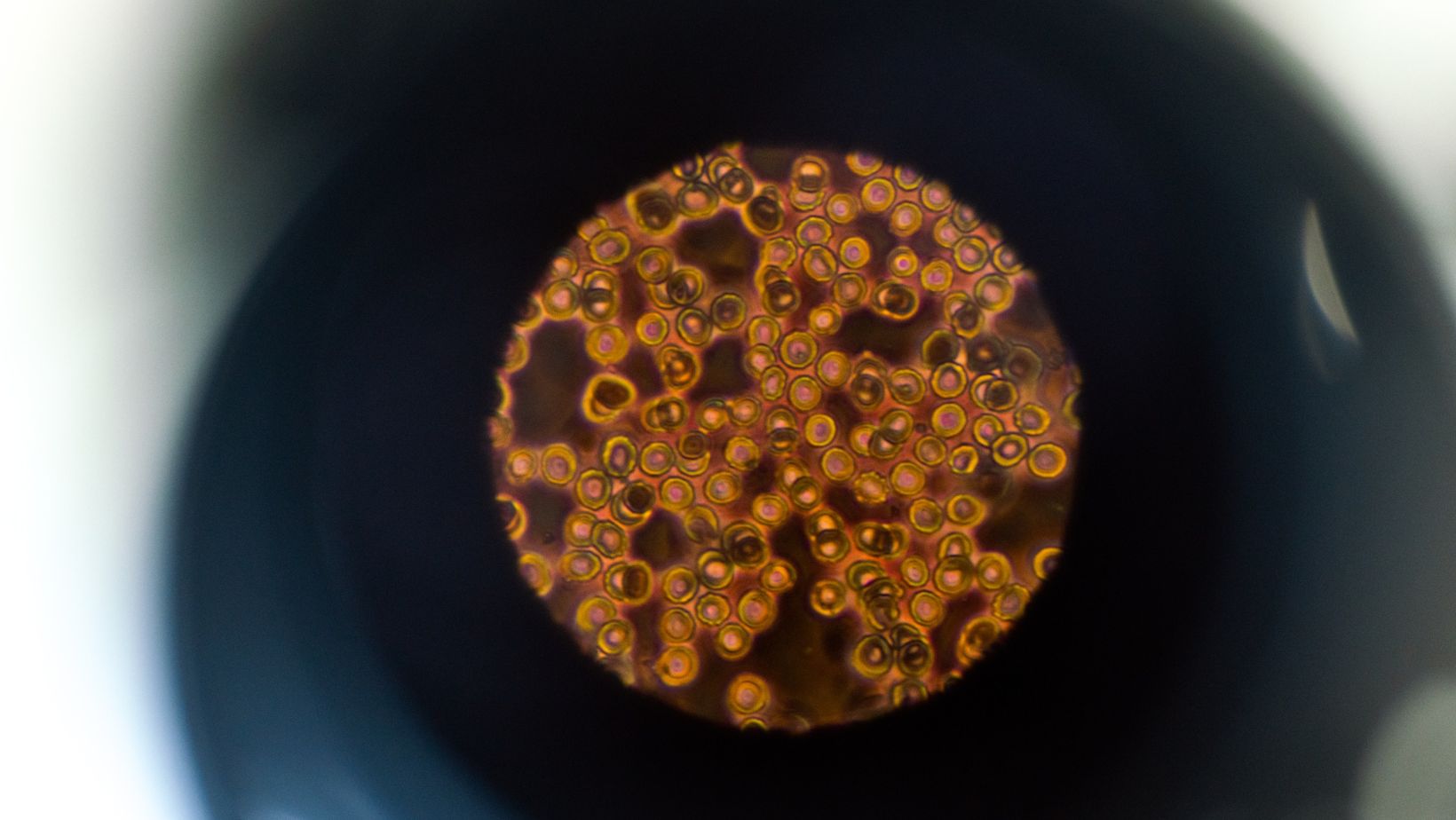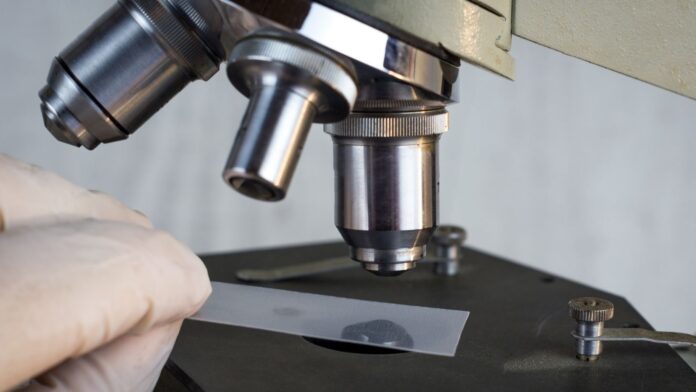I’ve always been fascinated by the scientific experiments conducted by pioneers like Louis Pasteur and Francesco Redi. These two individuals made groundbreaking discoveries that revolutionized our understanding of the natural world. What’s even more intriguing is that the outcomes of their experiments were surprisingly similar, despite their different areas of study.
When it comes to the experiments conducted by Pasteur and Redi, it’s remarkable to see how their findings align, despite their different research focuses. Pasteur’s experiments on spontaneous generation challenged the prevailing belief that life could arise spontaneously from non-living matter. Similarly, Redi’s experiments with maggots challenged the notion that these creatures could spontaneously generate from rotting meat. Both scientists were able to disprove these theories through carefully designed experiments, paving the way for a new understanding of life and its origins.
The outcomes of Pasteur and Redi’s experiments had far-reaching implications for the field of biology. By debunking the idea of spontaneous generation, they laid the foundation for the concept of biogenesis – the idea that life can only arise from pre-existing living matter. This fundamental principle continues to shape our understanding of the natural world today.
How Were the Outcomes of Pasteur’s and Redi’s Experiments Similar?
Both Redi’s and Pasteur’s experiments had similar outcomes that challenged the belief in spontaneous generation and provided evidence for the principle of biogenesis. Here are the key similarities between these two groundbreaking experiments:
- Absence of Life in Sealed Environments: In both experiments, the absence of life in sealed environments was observed. Redi observed that maggots only appeared in the jar where flies had access to the decaying meat, while Pasteur noticed that no microorganisms grew in the sealed flask filled with nutrient-rich broth.
- Presence of Life in Open Environments: When the environments were exposed to air, both Redi and Pasteur observed the presence of life. Redi’s experiment showed that maggots appeared in the jar where flies had access to the decaying meat, while Pasteur observed the growth of microorganisms when he tilted the swan-necked flask to allow air to enter.
- Support for Biogenesis: The outcomes of both experiments supported the principle of biogenesis, which states that living organisms arise from other living organisms. Redi’s experiment demonstrated that maggots only appeared in the presence of flies, while Pasteur’s experiment showed the growth of microorganisms when air was allowed to enter the flask. These findings directly contradicted the belief in spontaneous generation.
- Impact on Biology: Both Redi and Pasteur’s experiments had a significant impact on the field of biology. Their experiments provided solid evidence against the concept of spontaneous generation and laid the foundation for the understanding that living organisms come from preexisting life. These principles of biogenesis proposed by Redi and Pasteur continue to shape our understanding of life’s origins and have become widely accepted.
The outcomes of Redi and Pasteur’s experiments were similar in challenging the idea of spontaneous generation and providing evidence for the principle of biogenesis. Their groundbreaking work revolutionized our understanding of life’s origins and continue to influence the field of biology to this day.

Importance of Redi and Pasteur’s Experiments
The outcomes of both Pasteur’s and Redi’s experiments were remarkably similar, challenging the prevailing belief in spontaneous generation and providing evidence for the principle of biogenesis. These experiments revolutionized our understanding of life’s origins and continue to shape the field of biology to this day.
In Redi’s experiment, he observed that maggots only appeared in the jar where flies had access to the decaying meat. This observation directly contradicted the theory of spontaneous generation, which proposed that living organisms could arise spontaneously from non-living matter. Redi’s experiment supported the concept of biogenesis, the idea that living organisms only arise from other living organisms.
Similarly, Pasteur’s experiment further supported the principle of biogenesis. By using a swan-necked flask filled with a nutrient-rich broth, Pasteur demonstrated that no microorganisms grew in the broth as long as the flask remained sealed. However, when the flask was tilted to allow air to enter, microorganisms appeared. This experiment provided concrete evidence against spontaneous generation and solidified the understanding that living organisms can only come from preexisting life.
The similarities between Redi and Pasteur’s experiments lie in their ability to refute the theory of spontaneous generation. Both experiments showed that living organisms do not arise spontaneously, but rather from preexisting life. These outcomes had a profound impact on the field of biology, as they led to the acceptance of the principle of biogenesis and paved the way for further scientific exploration.


